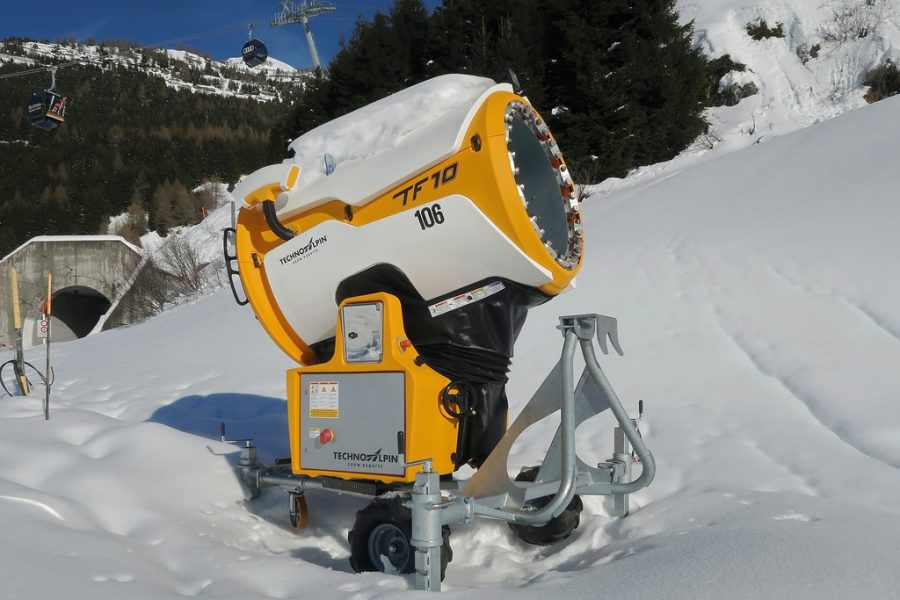The Artificial Snow Making Process
Problems this solved.
As studies have shown, global warming and climate change have heavily affected our ecosystem. It has created problems like melting ice caps, decrease in snowfall, droughts, etc. However, this issue poses a massive problem for ski resorts.
Problems
This issue has created serious problems for the ski industry. Especially in certain U.S. states on the East Coast and Mid-Atlantic. They are not able to open as many days of the year because of their lack of snow and cold temperatures. This is heavily impacting resorts revenue, it is hard to open the resorts with good conditions, and makes it hard to get the resort at full capacity.
Understand the Formation of Snow
To understand why it is difficult to mimic real snow and create artificial snow in warmer temperatures is because of the way snow forms naturally in the atmosphere. Snow forms in the atmosphere using a nucleator as a base for the ice crystal formation. From this base the water molecules bind together connecting one after the other to create a snowflake.
How It’s Made and Additives
Engineers designed a smart and efficient way to make artificial snow which took years to perfect. Artificial snow is created by using pressurized “water cannons”. These cannons are attached to a hose which sprays into the large, cylinder-shaped cannon. The cannons are pointed uphill towards the top of the mountain, so when the artificial snow is blown some of it will naturally drift towards the bottom. This also allows the water droplets more time to freeze. The remainder of the snow mound is compressed and moved by other machines. As long as the temperature on the mountain is lower than –8 °C the water will freeze. However, when it is above that temperature additives are needed to help the water freeze.
Snomax is a product that helps with the creation of snow in warmer temperatures, it is a freeze-dried protein powder sold by Snowmax International. The powder is a nucleating agent added into the water in the guns. This agent uses Pseudomonas syringae, a natural chemical found in the atmosphere and plants. In nature it’s the nucleating agent on the cell’s surface that helps make the icy shards needed to penetrate a plants surface.
Another artificial snow additive/enhancer is Drift. Drift is a liquid polyether-substituted trisiloxane, it works as a surfactant. It decreases the water’s surface tension. Due to the decrease in tension when water is being sprayed out of the gun it causes the droplets to freeze faster and individually rather than in large clumps.
Those products are on the market for ski resorts to purchase and have been helping the growth and preservation of skiing/snowboarding in warmer climates that don’t receive an abundant amount of artificial snow.
RELATED STORIES:
https://www.businessinsider.com/artificial-fake-snow-ski-resorts-climate-change-2020-2
https://www.si.com/olympics/2022/01/24/how-is-snow-made-artificial-winter-olympics-beijing
https://cen.acs.org/articles/96/i6/What-s-artificial-snow-and-how-is-it-made.html
mensjournal.com/adventure/how-ski-resorts-make-all-that-artificial-snow/











